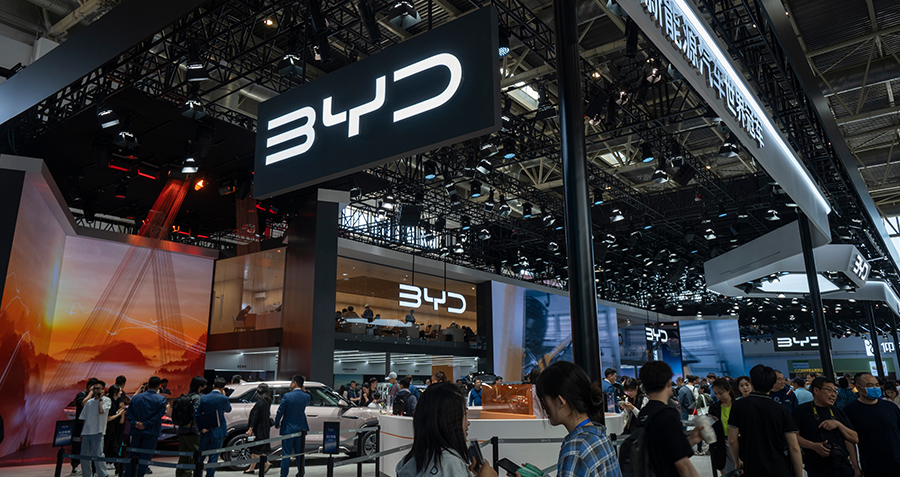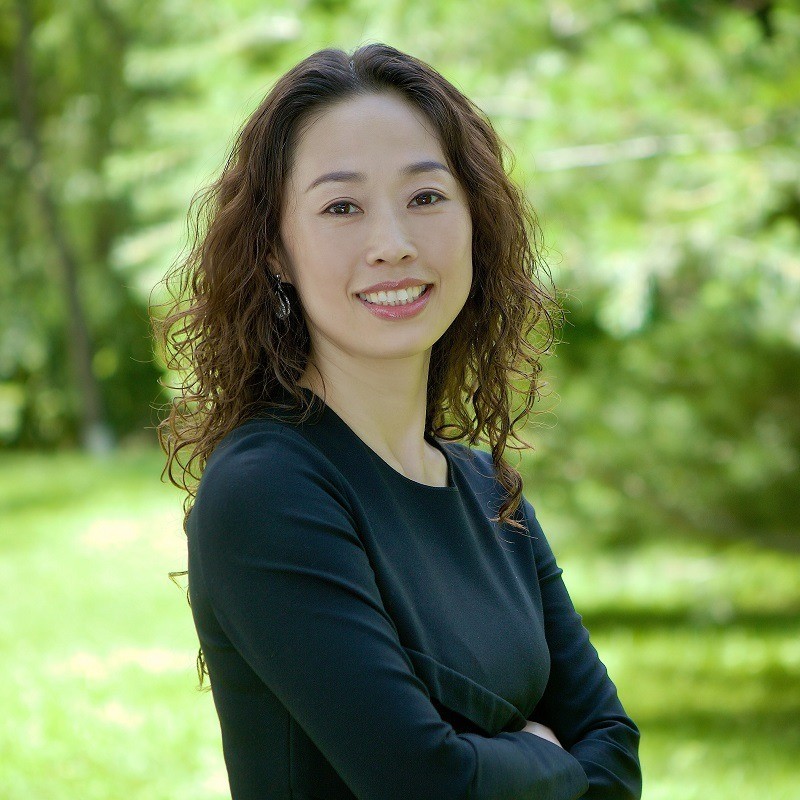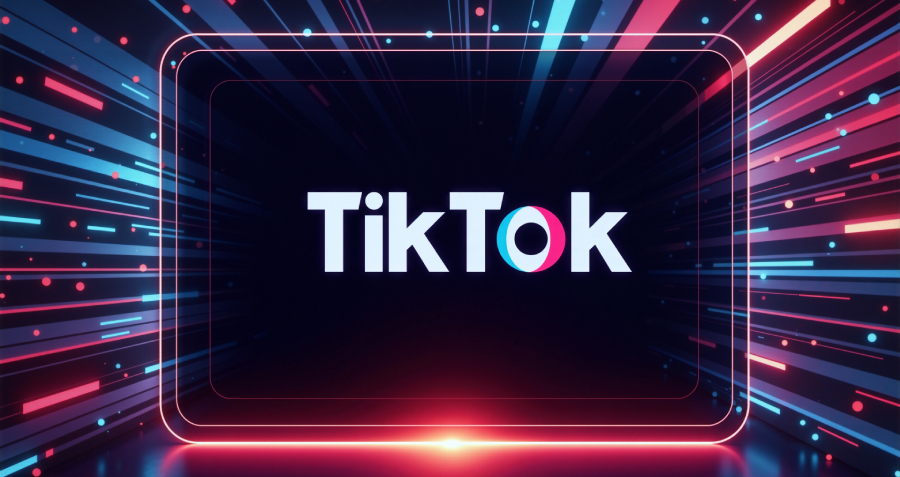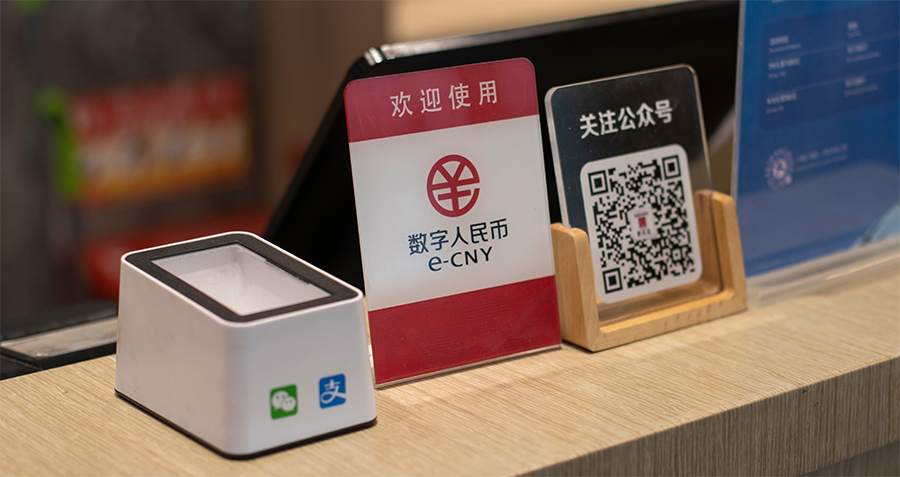The recent launch of Xiaomi’s Su7 marks a significant milestone, reflecting the evolution of Xiaomi’s supply chain, rooted in the traditional framework of Beijing Automotive Group Co., Ltd. (BAIC), the sixth largest automobile manufacturer in China. Electric vehicle (EV) giants like Tesla, Xiaomi, NIO, and Li Auto have largely embraced an outsourced production model, scattering suppliers across various segments. In stark contrast, BYD has taken a more in-house approach, controlling as much of the manufacturing process as possible. These strategies can be classified into two distinct supply chain models: the “distributed” manufacturing model and the “comprehensive” model.
In the world of consumer-facing companies, supply chains generally fall into one of these two categories. The comprehensive model, characterized by extensive control over the entire supply chain, contrasts with the distributed model, exemplified by companies like Apple, which outsource most production processes while retaining core activities like branding and some R&D.
The comprehensive production model is akin to conquering the market using solely internal resources. Companies like BYD, which follow this model, often benefit from streamlined decision-making and enhanced control over quality and innovation. For instance, BYD has significantly integrated its electric drive system, combining eight components into one module, a feat enabled by its comprehensive approach.
However, the comprehensive model is not without its downsides. It can lead to bloated organizations and inefficiencies. For example, BYD’s Xi’an plant, with 250,000 employees, produces an average of four cars per person annually, compared to Tesla’s Shanghai Gigafactory, where 19,000 employees produce 500,000 cars annually, averaging 26 cars per person. Such overstaffing issues may become problematic during economic downturns.
On the other hand, the distributed model relies on market forces to source the best components from specialized suppliers, promoting efficiency and innovation. Apple’s approach, which includes outsourcing nearly every part of the production process, exemplifies this model. This strategy allows brands to access top-tier resources without incurring the full costs of development and production, sharing risks and rewards with their suppliers.
However, the distributed model also has its challenges. It can be less efficient in execution due to the time and resources needed to find and manage suppliers. Additionally, suppliers might leverage their relationships with major brands to attract other clients, potentially benefiting competitors as well.
BYD, which started as a battery manufacturer, exemplifies the comprehensive model. Its approach has yielded significant benefits, with a gross profit margin of 18.33% in the first half of 2023, surpassing Tesla’s 18%. BYD’s market share in China’s EV market rose to 33.5%, indicating that one in three EVs sold in China is a BYD. This success is attributed to BYD’s extensive internal production capabilities, covering batteries, electric drive systems, and other critical components.
Tesla, in contrast, has adopted a distributed supply chain model. Initially, it struggled to secure top-tier suppliers, but as it grew, it began to build a robust local supply chain in China. By 2022, Tesla had significantly fewer suppliers than traditional automakers, reflecting its leaner, more efficient approach. Tesla’s strategy allows it to maintain flexibility and innovation, leveraging the best available technologies and suppliers in the market.
Both the comprehensive and distributed supply chain models have their merits and challenges. BYD’s comprehensive approach enables tight control and rapid innovation, crucial in the early stages of industry development. Conversely, Tesla’s distributed model fosters innovation and flexibility, which can be advantageous as the industry matures and standards solidify.
Xiaomi, a newcomer to the EV market, benefits from its latecomer advantage, leveraging the matured technologies and market habits developed by earlier entrants. This allows Xiaomi to reduce costs and avoid the pitfalls encountered by pioneers like NIO and XPeng.
The EV supply chain landscape in China is dynamic, with both comprehensive and distributed models coexisting and evolving. The ultimate success of these models will depend on various factors beyond supply chain strategies, including quality, safety, after-sales service, user experience, and operating systems. While it is too early to declare a definitive winner, understanding the strengths and weaknesses of each model provides valuable insights into the future of EV competition.
As the industry progresses, companies must balance the benefits of control and innovation, leveraging their supply chain strategies to navigate the complex and competitive market landscape. Whether BYD’s comprehensive approach or Tesla’s distributed model will prevail remains to be seen, but both are crucial in driving the growth and evolution of China’s EV industry.
Jennifer Huang is a Professor of Finance and the Executive Academic Director for MBA Program at Cheung Kong Graduate School of Business (CKGSB).






















